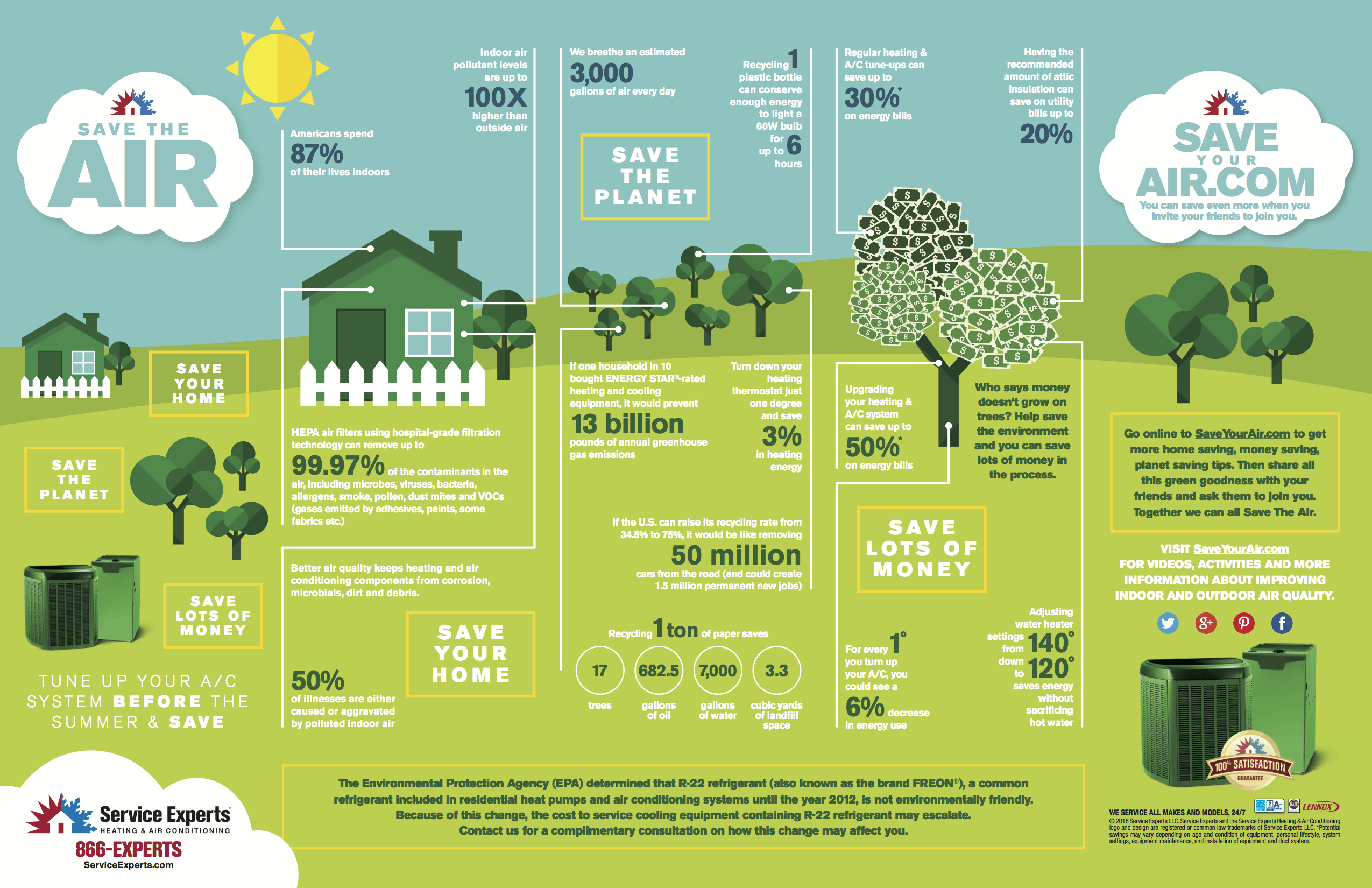The Ultimate Guide To Recognizing Warmth Pumps - How Do They Work?
The Ultimate Guide To Recognizing Warmth Pumps - How Do They Work?
Blog Article
Web Content Create By-Gissel Raymond
The very best heatpump can save you considerable quantities of money on energy bills. They can additionally help reduce greenhouse gas discharges, especially if you make use of electrical energy instead of fossil fuels like lp and home heating oil or electric-resistance heating systems.
Heatpump function significantly the like air conditioning unit do. This makes them a viable alternative to standard electric home heater.
How They Work
Heatpump cool homes in the summer and, with a little aid from power or gas, they give a few of your home's home heating in the winter. They're an excellent alternative for individuals who intend to decrease their use of nonrenewable fuel sources yet aren't prepared to change their existing heater and air conditioning system.
They count on the physical fact that even in air that seems also cool, there's still power existing: cozy air is constantly relocating, and it wants to relocate into cooler, lower-pressure settings like your home.
Most ENERGY celebrity certified heat pumps run at close to their heating or cooling capacity throughout most of the year, decreasing on/off cycling and saving power. For the very best performance, focus on systems with a high SEER and HSPF score.
The Compressor
The heart of the heatpump is the compressor, which is additionally referred to as an air compressor. This mechanical moving tool utilizes potential power from power creation to raise the pressure of a gas by reducing its quantity. It is different from a pump because it only services gases and can not work with fluids, as pumps do.
Climatic air gets in the compressor through an inlet valve. It circumnavigates vane-mounted arms with self-adjusting length that divide the inside of the compressor, developing numerous dental caries of varying size. The rotor's spin pressures these tooth cavities to move in and out of stage with each other, pressing the air.
The compressor reels in the low-temperature, high-pressure cooling agent vapor from the evaporator and compresses it right into the warm, pressurized state of a gas. This process is repeated as required to provide home heating or cooling as required. air-conditioner contains a desuperheater coil that recycles the waste warmth and includes superheat to the refrigerant, altering it from its fluid to vapor state.
The Evaporator
The evaporator in heat pumps does the same thing as it does in fridges and a/c, altering fluid cooling agent into an aeriform vapor that gets rid of warmth from the space. Heatpump systems would not function without this crucial piece of equipment.
This part of the system lies inside your home or building in an indoor air trainer, which can be either a ducted or ductless system. It has an evaporator coil and the compressor that presses the low-pressure vapor from the evaporator to high pressure gas.
https://ktar.com/story/4406242/to-seer-or-not-to-seer-wait-what-is-seer/ absorb ambient warmth from the air, and afterwards utilize electricity to move that heat to a home or business in heating mode. That makes them a whole lot more energy efficient than electrical heating units or heating systems, and because they're making use of clean electrical power from the grid (and not melting fuel), they additionally create much less exhausts. That's why heat pumps are such fantastic ecological selections. (In addition to a huge reason they're becoming so prominent.).
The Thermostat.
Heatpump are great alternatives for homes in cool climates, and you can use them in combination with typical duct-based systems or even go ductless. They're a great different to fossil fuel heater or typical electric furnaces, and they're much more lasting than oil, gas or nuclear cooling and heating equipment.
Your thermostat is the most vital component of your heatpump system, and it functions very in different ways than a standard thermostat. All mechanical thermostats (all non-electronic ones) work by using materials that change dimension with raising temperature level, like coiled bimetallic strips or the increasing wax in an automobile radiator shutoff.
These strips consist of two different kinds of steel, and they're bolted with each other to create a bridge that completes an electric circuit connected to your heating and cooling system. As the strip obtains warmer, one side of the bridge expands faster than the other, which creates it to bend and signal that the heater is required. When the heat pump is in home heating mode, the reversing valve turns around the flow of refrigerant, so that the outside coil now operates as an evaporator and the interior cyndrical tube ends up being a condenser.